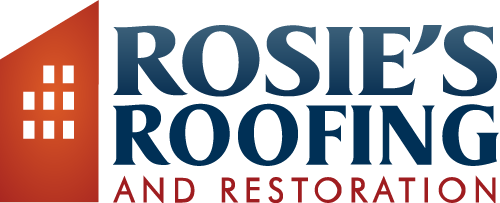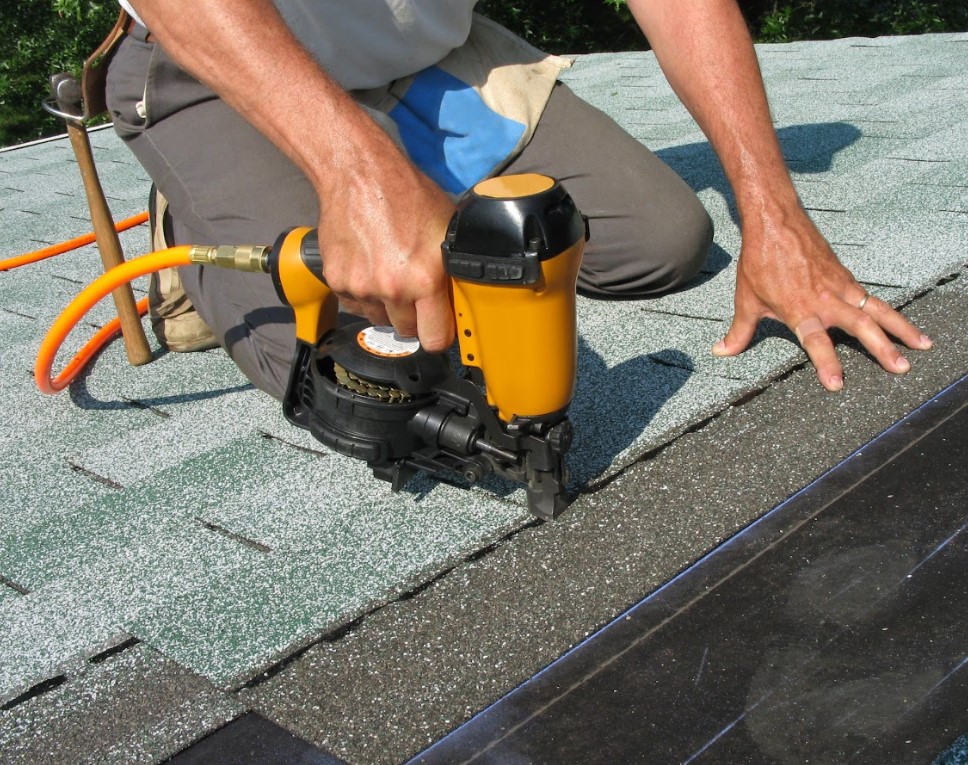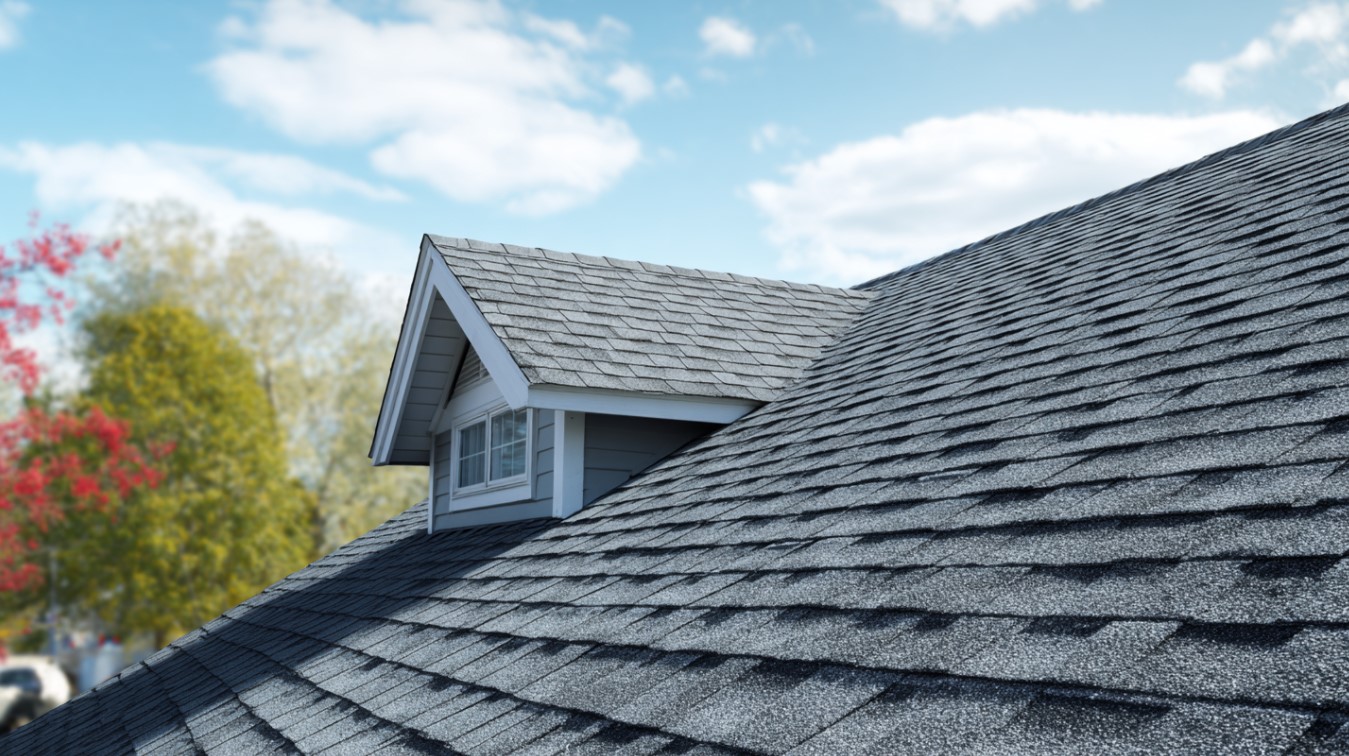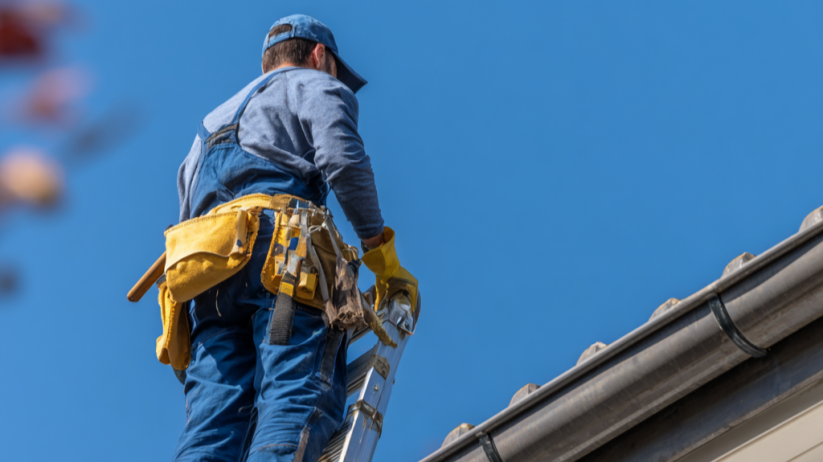Essential Fall Roofing Tips for Businesses Across Metro Atlanta
There’s a pattern we see every fall in Atlanta: crisp mornings, rust-colored leaves, and business owners scrambling to patch their leaking roofs right before the first cold front hits. It’s avoidable, but only if you’re thinking ahead.
This guide is your go-to resource for Atlanta commercial roof maintenance—with smart, practical fall roofing tips for businesses. Whether you manage a warehouse in Decatur or a retail complex in Buckhead, the steps you take right now will determine whether your roof holds up—or breaks down—when the weather turns.
What You’ll Learn in This Post:
- Why fall is a critical season for commercial roof inspections in Atlanta
- What needs attention before colder weather and storms arrive
- How to proactively protect your roof, energy efficiency, and business operations
- The long-term value of seasonal maintenance (and what it actually costs)
If you’re short on time and long on responsibility, Rosie’s Roofing and Restoration can help. Contact us today to schedule your fall inspection or estimate.
Why Fall Roofing Maintenance Is Non-Negotiable in Atlanta
Fall might be the most underrated season for roof maintenance, especially in a climate like Atlanta’s. It’s not just about leaves and debris—it’s about what comes next.
Here’s what commercial property owners in Atlanta are up against:
- Unpredictable weather shifts: Fall brings everything from hurricanes to hail. One week it’s 85° and sunny, the next it’s raining sideways.
- Heavy tree cover: Atlanta’s urban canopy is beautiful—but those trees clog roof drains fast.
- Flat and low-slope roofs: Common in commercial buildings, these are especially vulnerable to pooling water and drainage issues.
What Is Atlanta Commercial Roof Maintenance?
In plain terms, commercial roof maintenance means checking your roof before it breaks—and fixing the small things so they don’t become big things. It includes:
- Inspecting membrane seams and edges
- Cleaning off debris and ensuring proper drainage
- Checking flashing, penetrations, and sealants
- Identifying signs of moisture intrusion or insulation damage
It’s not glamorous. But if you want to protect your investment, stay within warranty, and avoid emergency calls in January, it’s essential.
What You Need to Know Before Scheduling Commercial Roof Work
Before you dive into roof maintenance, it helps to know what’s involved—and what’s expected of you as a commercial property owner.
Budget Expectations
Most proactive maintenance costs around 3–5% of your total roof replacement value per year. In real terms, that’s hundreds—not thousands—of dollars. And in many cases, it’s a legitimate operating expense, not a capital one.
Warranty Rules You Need to Follow
If your roof is under warranty (say, from GAF or Versico), those manufacturers require proof of regular inspections and repairs. Skipping seasonal upkeep could void your warranty altogether.
Do You Need Permits?
Not for basic maintenance. But if your fall inspection turns up larger issues—like full membrane replacement—you might need to coordinate access, get permits, or alert tenants. Rosie’s Roofing and Restoration handles this communication for you.
What Materials Might Be Needed?
Maintenance materials vary by system, but often include:
- Compatible patch materials (TPO, PVC, EPDM, mod-bit)
- Roofing-grade sealants
- Flashing tape or metal reinforcements
We only use manufacturer-approved products to preserve your warranty coverage.
A Step-by-Step Fall Roof Maintenance Guide for Commercial Buildings
Let’s walk through exactly what your building needs this fall. Use this as your commercial roofing checklist—and a conversation starter with your contractor.
1. Schedule a Fall Roof Inspection (Before It’s Too Late)
You don’t want to be the last one in line when temperatures drop. A certified inspection identifies issues before storms, cold snaps, or freeze-thaw cycles do.
At Rosie’s, our team is certified by GAF and Versico, two of the top commercial roofing manufacturers in the country. That means we know the weak points to look for—and how to document repairs the right way.
2. Clear Debris from Roof Surfaces and Drains
Fallen leaves, twigs, and debris trap water. And water is your roof’s worst enemy. We focus heavily on:
- Roof drains
- Scuppers
- Gutters and downspouts
- HVAC curbs and skylight bases
A blocked drain today is a water leak tomorrow.
3. Check Seams, Flashing, and Penetrations
Seams can separate in the fall due to thermal contraction—a common issue in Atlanta’s variable climate. Flashings also loosen over time, especially around HVAC units and pipes.
We check every penetration and edge to make sure your building is sealed tight before the first hard freeze.
4. Evaluate Energy Efficiency and Insulation
A compromised roof membrane doesn’t just leak water—it leaks money. We use thermal imaging to detect:
- Heat loss through wet insulation
- Membrane punctures or air leaks
- Areas where pooling water is reducing R-value
Keeping your heat inside this winter starts with keeping moisture out this fall.
5. Document Everything
After the inspection, you’ll get a written report with photos. This helps you:
- Stay in compliance with your manufacturer’s warranty
- Build a maintenance history for budgeting or resale
- Show insurers that you’ve done your part if a storm hits
Documentation isn’t paperwork. It’s protection.

A Closer Look: Roofing Systems and Risk Factors in Atlanta
Each commercial roofing system reacts differently to Atlanta’s fall weather. Here’s what we see most often—and what to watch for:
| Roof Type | Fall Risks in Atlanta | Rosie’s Solution |
| TPO | Seam separation from thermal shifts | Precision heat welding and seam resealing |
| PVC | Shrinking or edge pullback | Reinforced perimeter detailing |
| EPDM | Branch punctures, UV degradation | Targeted patching and surface treatment |
| Modified Bitumen | Granule loss, flashing wear near drains | Re-coating and flashing reinforcement |
| Commercial Shingles | Blow-offs during fall storms | Shingle replacement with OC, CT, or GAF products |
Because we’re certified by all three major shingle brands—GAF, Owens Corning, and CertainTeed—we can match your roof with the right product and the right fix.
How Rosie’s Helps
- No guesswork: Our crews know the local climate and code requirements inside and out.
- Better warranties: We offer GAF’s Golden Pledge (25-year workmanship) and more.
- Focused on details: We don’t just fix the obvious—we look for long-term vulnerabilities.
Common Commercial Roofing Questions in Atlanta
How often should commercial roofs be inspected in Atlanta?
Commercial roofs in Atlanta should be inspected at least twice per year, ideally in the spring and fall. This helps identify seasonal vulnerabilities like debris buildup and thermal expansion.
What types of commercial roofs does Rosie’s Roofing and Restoration service?
Rosie’s Roofing and Restoration services all major commercial roof systems in Atlanta, including TPO, PVC, EPDM, modified bitumen, and asphalt shingles. We are certified by GAF and Versico for commercial installations and maintenance.
Can blocked roof drains cause roof damage?
Blocked roof drains are one of the most common causes of commercial roof damage in Atlanta. Debris from fall leaves can cause water to pool, leading to leaks, structural issues, and even mold.
Do fall roof inspections affect my warranty?
Fall roof inspections are required by many manufacturers to maintain warranty coverage. GAF and Versico, for example, expect routine documentation and proactive repairs to honor warranty claims.
What’s included in a commercial roof inspection?
A commercial roof inspection typically includes debris removal, seam checks, flashing evaluations, drainage tests, and a detailed condition report. Rosie’s also offers repair estimates and warranty-preserving documentation.
How does Atlanta weather affect flat roofs?
Atlanta’s mix of humidity, storms, and leaf-heavy tree cover creates year-round stress on flat roofs. Fall is especially risky due to clogged drains and fast-changing weather.
What does commercial roof maintenance cost?
Maintenance costs generally run 10 to 30 cents per square foot, depending on the roof’s condition and complexity. It’s a small price compared to full replacement.
Protecting Your Commercial Roof Before Winter Hits
If your commercial building is part of your livelihood, then fall roof maintenance should be part of your business strategy. Atlanta’s climate doesn’t forgive neglect. But with a smart plan and a good roofing partner, you can keep your building dry, energy-efficient, and code-compliant—without the stress.
At Rosie’s Roofing and Restoration, we’ve spent 14 years earning trust through professionalism, detail-oriented service, and real-world expertise. We’re certified by the top manufacturers, backed by real warranties, and known for showing up on time and doing it right.
Schedule your free commercial roof inspection today—before the fall weather becomes a winter headache.




